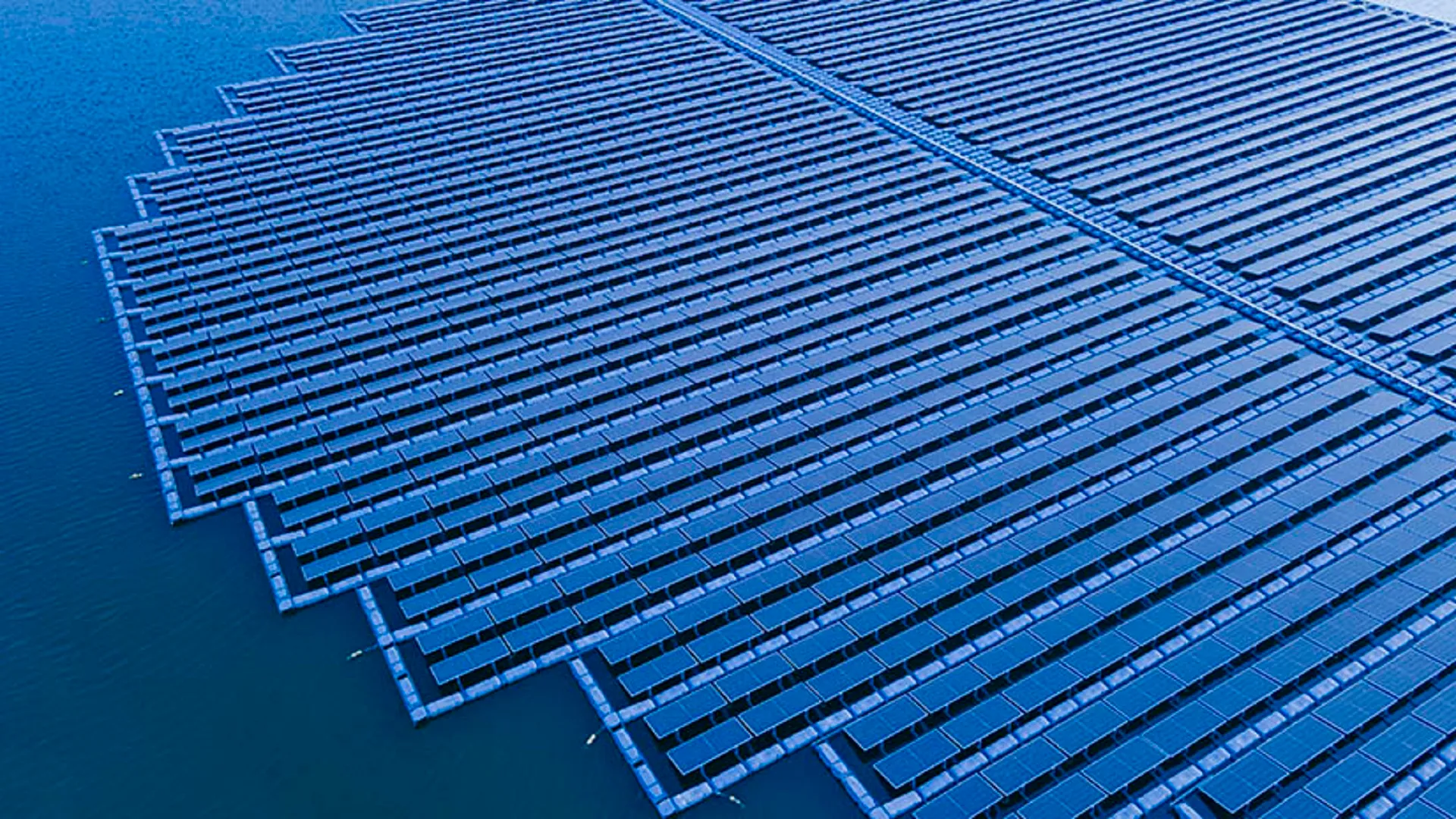Copyright Interesting Engineering

Chinese scientists have recently unveiled a floating hydrovoltaic generator that converts the energy of falling raindrops directly into electricity while resting on water surfaces. Designed at the Nanjing University of Aeronautics and Astronautics (NUAA), the water-integrated droplet electricity generator (W-DEG) is a lightweight, low-cost device that uses water as a structural and electrical component. Unlike conventional droplet electricity generators (C-DEGs), which rely on rigid, land-based setups with metal electrodes, the new design floats freely. It harvests energy without occupying land or requiring heavy materials. “By letting water itself play both structural and electrical roles, we’ve unlocked a new strategy for droplet electricity generation that is lightweight, cost-effective, and scalable,” Wanlin Guo, PhD, a professor of mechanics at the university and corresponding author of the study, revealed. Turning rain into power Conventional droplet electricity generators usually rely on a rigid substrate and a metal bottom electrode to produce electricity when raindrops strike a dielectric film, thus generating charges on contact. Nevertheless, even though these devices can produce high voltages (often in the hundreds of volts), their designs are heavy, expensive, and limited by the use of solid construction materials. In contrast, the new water-integrated device created by Guo and his team floats directly on a body of water, with the water itself serving as both the supporting substrate and the conductive electrode. According to the research team, the new W-DEG device uses natural water as the bottom electrode. This design reduces material weight by about 80 percent and cuts costs by nearly half compared to conventional systems. When raindrops hit the floating dielectric film, the water’s incompressibility and high surface tension provide the mechanical strength needed to support the impact. This enables the droplets to spread efficiently across the surface. Meanwhile, the ions present in the water act as charge carriers, enabling it to act as a stable, efficient electrode. Together, these properties ensure that the floating generator produces voltages of around 250 volts per droplet, which is on par with conventional land-based devices that rely on metal electrodes. Sustainable rain electricity The device also stands out for its durability. Laboratory tests showed the W-DEG performed reliably under varying temperatures, salt levels, and even in biofouled lake water. “Unlike many energy devices that degrade in harsh environments, the floating generator continued to operate stably thanks to the chemical inertness of its dielectric layer and the resilience of its water-based structure,” the team stated. To prevent water buildup that could block energy generation, the researchers added micro drainage holes that let water flow downward but not upward, and keep the surface clear for droplet impacts. This self-regulating mechanism keeps the W-DEG’s performance stable even during heavy rainfall. The floating generator also shows strong scalability potential. The team unveiled an integrated prototype measuring 3.2 square feet (0.3 square meters), the largest of its kind, which can power 50 light-emitting diodes (LEDs) simultaneously. The W-DEG can also charge capacitors within minutes. With further development, it could be deployed on lakes, reservoirs, or coasts to harvest renewable power without using land. It could also support environmental monitoring systems that track water quality, salinity, and pollution. In regions with frequent rainfall, it could also serve as a distributed energy source to support local grids or power off-grid systems. “This opens the door to land-free hydrovoltaic systems that can complement other renewable technologies like solar and wind,” Guo said in a press release. According to the team, the concept could reshape future green innovations. “The demonstration of a durable, efficient and scalable prototype marks an important step toward practical applications,” they concluded. The study has been published in the journal National Science Review.



